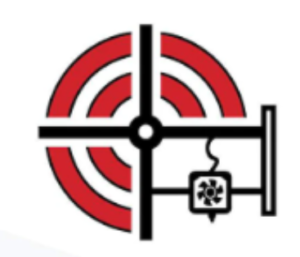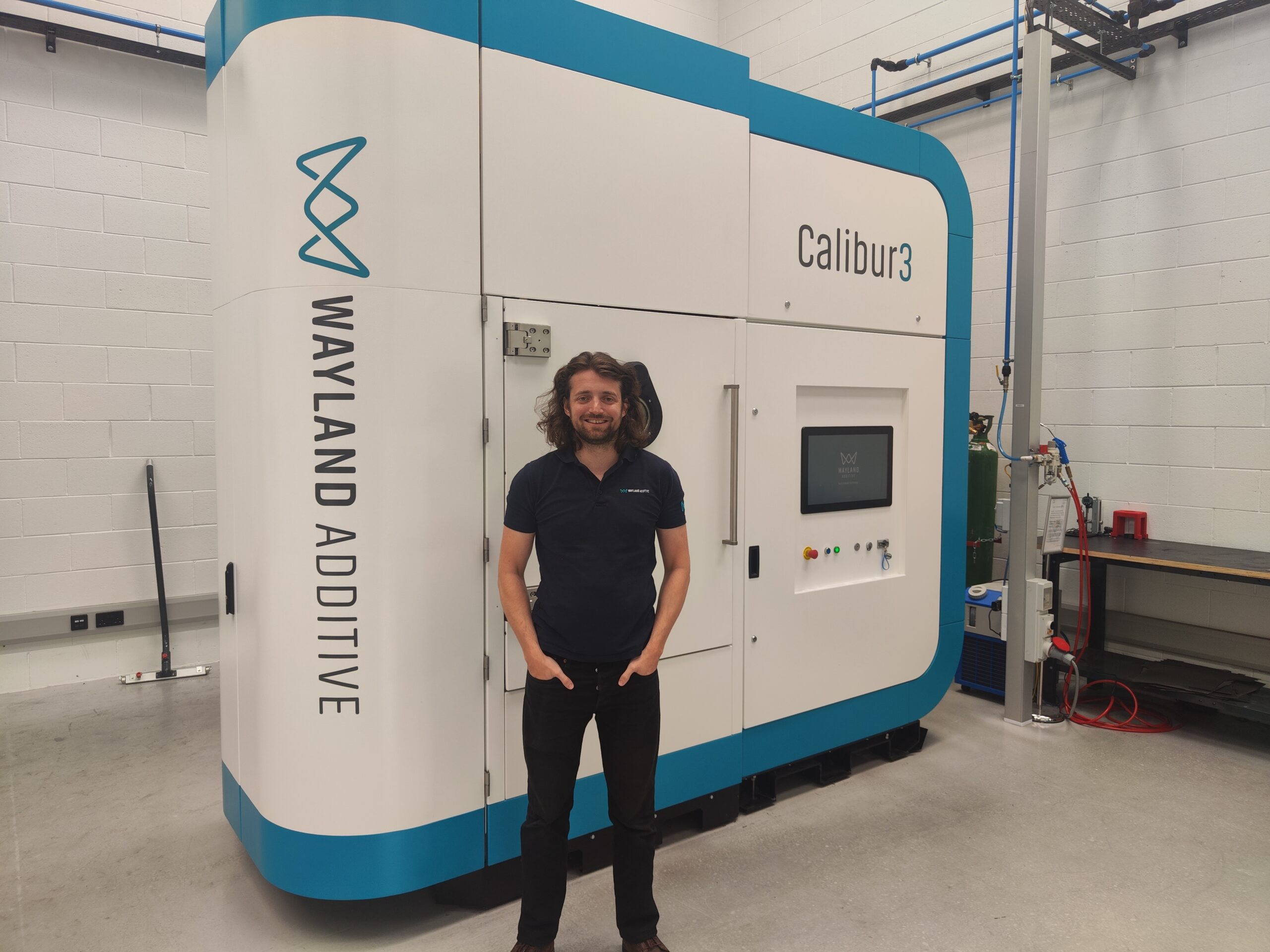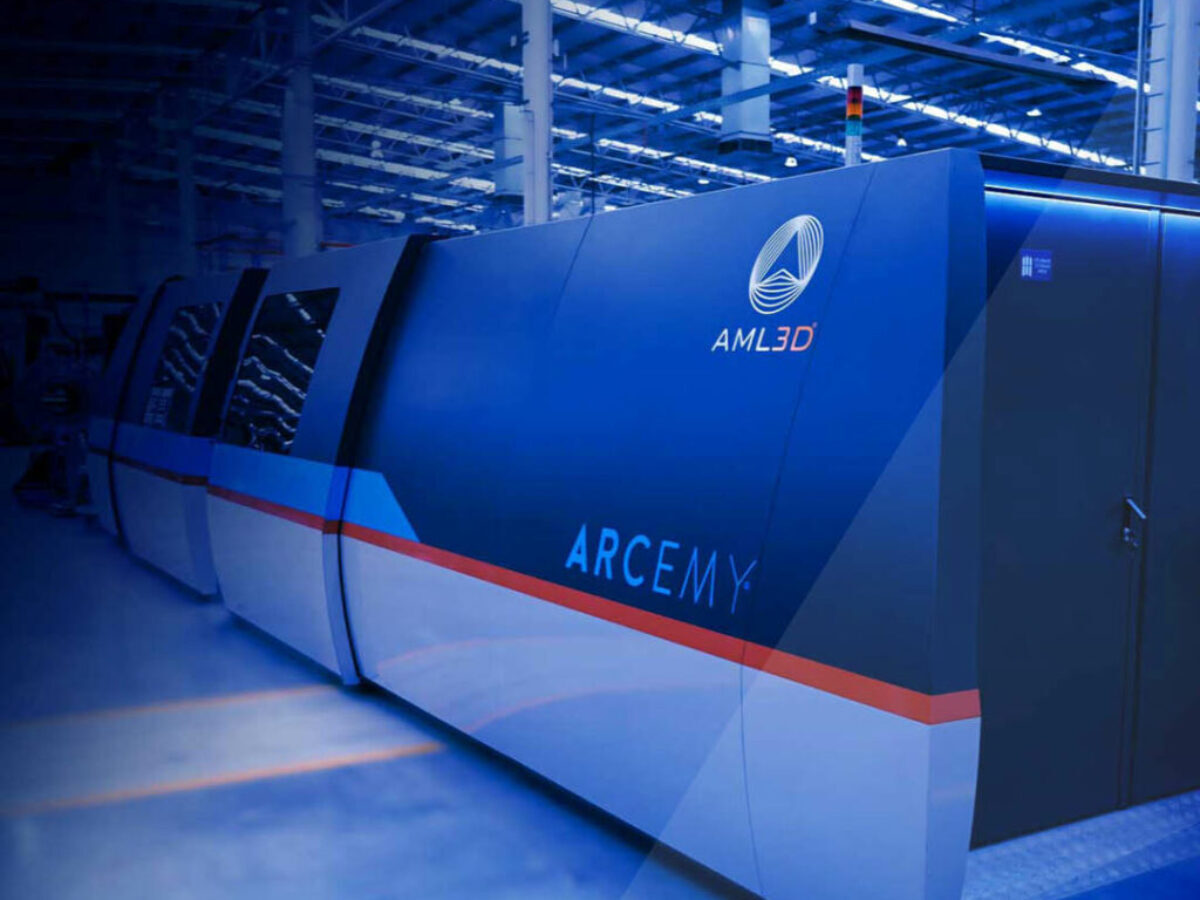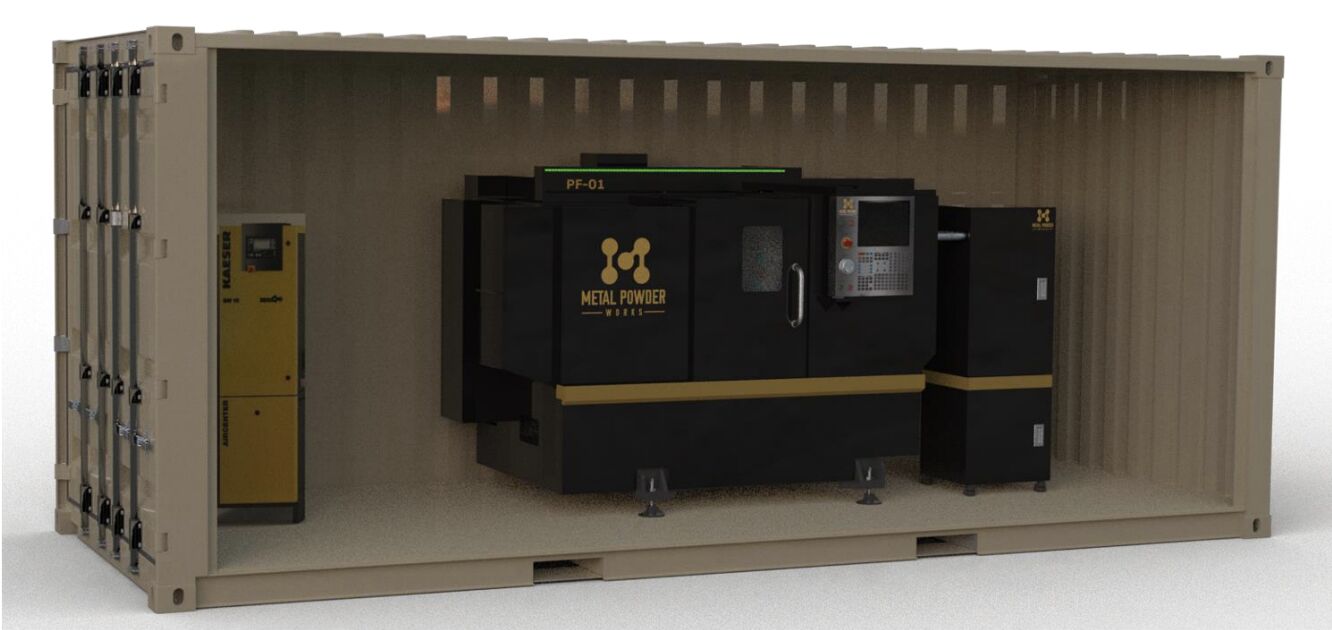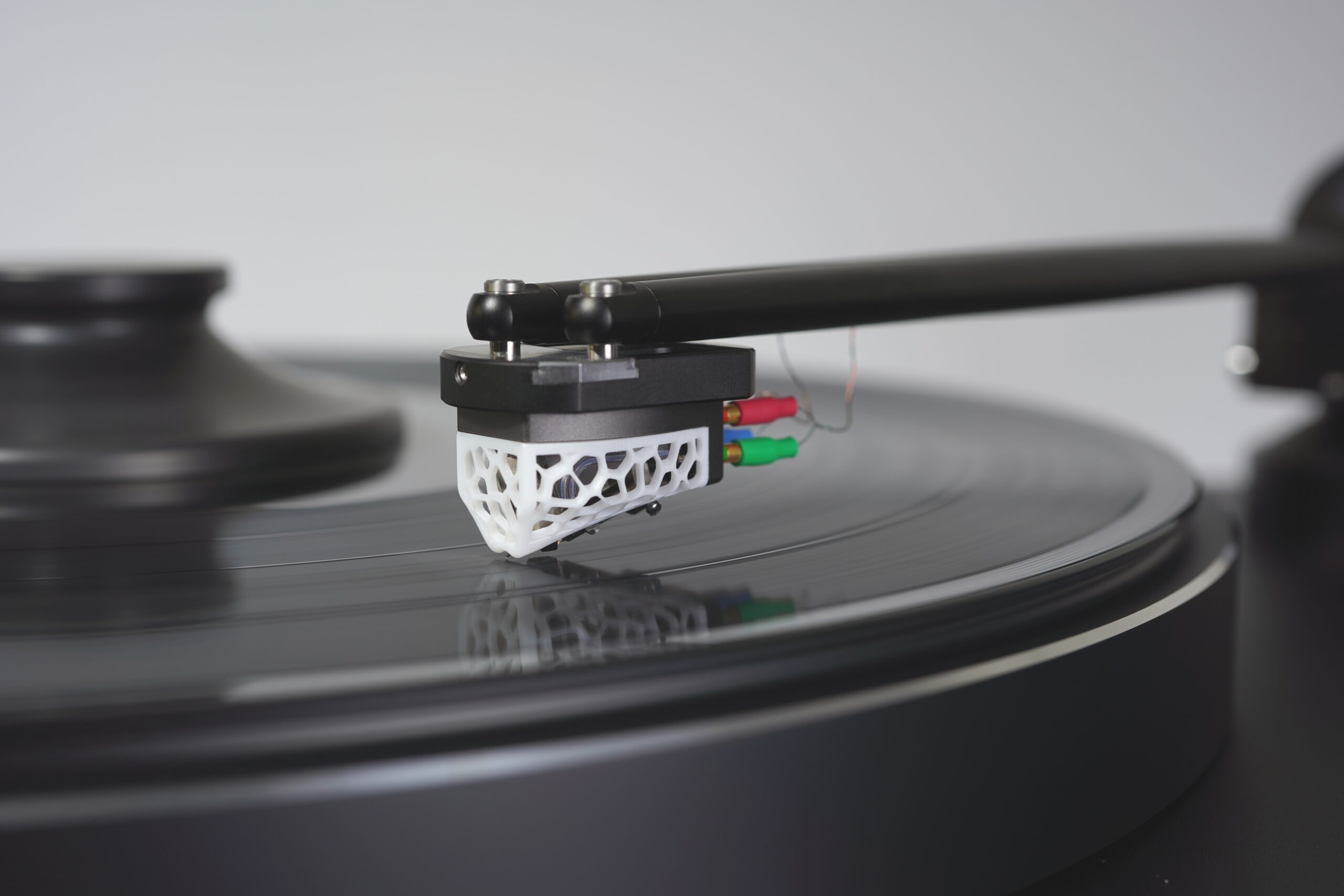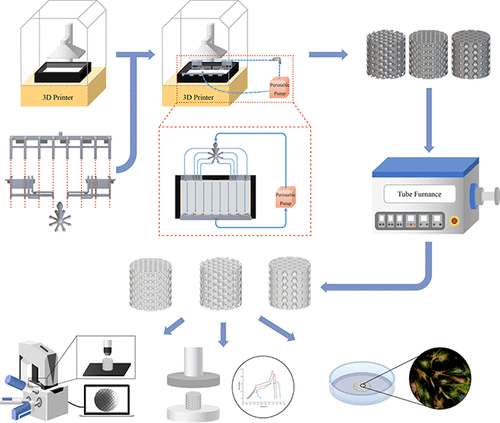We’re taking care of business first today in 3D Printing News Briefs, with Wayland Additive appointing a new Chief Technology Officer and AML3D expanding its European distribution. Moving on, Metal Powder Works sold an expeditionary DirectPowder unit to the U.S. Navy, and Lithoz won the 2025 iF Design Award for its X-quisite VORO, a monoblock moving-coil (MC) cartridge encased in a ceramic 3D printed housing. Finally, researchers in China developed a new 3D printing method to improve bioceramic bone implants.
Wayland Additive Welcomes Chris Smith as New CTO
Wayland Additive, an original equipment manufacturer (OEM) of electron-beam additive manufacturing (eBEAM) hardware, announced that Chief Technology Officer (CTO) Ian Laidler is retiring after many years of “dedicated service and visionary leadership.” Laidler played an important role in helping the company develop its NeuBeam technology, calling on his technical expertise and experience in controlling and managing electron beams to help Wayland move from the early R&D stages all the way to its now thriving Calibur3 production system. He also built and led a strong engineering team, helped to foster collaborative R&D partnerships, and mentored new scientists and engineers. Wayland has named existing Wayland employee Chris Smith as the new CTO. With a topology optimization-focused PhD from the University of Sheffield and plenty of experience in materials science, AM technologies, and application development, Smith started with the company in 2019 as additive manufacturing R&D engineer. He’s worked his way up from that to Head of Applications, Head of Engineering, and now CTO, and Wayland says that “he is an exceptional successor to Ian, to carry the torch forward.”
“We extend our warmest thanks to Ian Laidler for his extraordinary service, and we celebrate the promotion of Chris Smith with great enthusiasm as we enter this next chapter of innovation and growth at Wayland Additive,” the company wrote.
AML3D Continues to Expand European Distribution Capabilities with New Partner
Australian wire arc additive manufacturing (WAM) OEM AML3D has identified strong demand signals in key European markets, just like when it successfully entered the U.S. defense market. So, on the heels of its recent partnership announcement with UK-based Arc Additive, the company is now appointing DMFG Solutions as a second European, non-exclusive distribution partner. AML3D’s European growth strategy includes using an AU$5 million investment to build a technology center, as well as establishing a third-party distribution network. By appointing first Arc Additive, and now DMFG, as distribution partners will speed up the company’s entry to significant European defense and manufacturing markets. DMFG, a German technology and solution provider for metal 3D printing with arc welding technology, will be in this partnership with AML3D for two years.
“We are excited to see AML3D’s momentum continue to accelerate in Europe. The appointment of DMFG as a European distributor, so soon after signing the Arc Additive distribution deal that covered the UK and Europe, builds strong foundations for growth. Although the demand profile in Europe is at an earlier stage than the current demand profile in the US, where we are enjoying exception growth, it is moving along the same trajectory,” said AML3D CEO Sean Ebert.
“Our confidence in the European growth opportunity can be seen in our commitment of AU$5 million investment to build a European technology centre to service those markets. We are already working on a defence contract in the UK and the signals we are getting from key markets gives me increased confidence in AML3D’s potential to convert strong European demand into significant contract wins. I look forwarding to providing further updates on our European growth plans in the coming months and years.”
Metal Powder Works Sells Containerized DirectPowder Unit to U.S. Navy
Advanced metal powder production company Metal Powder Works has entered into a $1M AUD contract to sell a mobile, containerized version of its patented DirectPowder system to the U.S. Naval Postgraduate School (NPS). This demonstrates the versatility and relevance of MPW’s technology, which makes it possible to convert standard metal bar stock into precise, uniform metal powders. This will enable the U.S. Navy to produce high-quality metal AM powders for cold spray and LPBF systems in austere, remote, and contested environments, in direct support of military readiness and operational flexibility. Under the terms of this agreement, MPW will deliver an advanced, expeditionary version of its DirectPowder process. It will be containerized for rapid deployment and easy integration into expeditionary manufacturing, so the military can print replacement parts or complete repairs on-demand. The scope of the binding contract includes design, assembly, and delivery of the expeditionary unit, completing the project within 12 weeks before the end of 2025. MPW will receive payments upon achieving key project milestones.
“We are honoured to partner with the US Navy on this important initiative, it is exciting to further support a strategic customer and look forward to continued growth from this relationship,” said John Barnes, Founder and Managing Director of Metal Powder Works. “While our core competency is powder sales, the expeditionary version of our DirectPowder system will allow the Navy to manufacture critical metal powders in forward deployments. This contract validates our technology’s adaptability and opens significant opportunities for future defence and expeditionary applications.”
Monoblock Moving-Coil Turntable Cartridge Within LCM-Printed Housing Wins iF Design Award
Swiss company HiFiction AG develops and produces precision and micromechanical products for high-quality music reproduction, like amplifiers, turntables, and cartridges. Its high-end X-quisite VORO, which the company says is the world’s first monoblock moving-coil (MC) cartridge, is encased in a 3D printed, single-piece ceramic Voronoi-web housing, and recently won the prestigious iF Design Award for the unique material choice and excellent design of the housing, as well as the cartridge’s “revolutionary technical monoblock layout.” HiFiction wanted the housing to offer “an exceptional aesthetic experience,” as well as lightweight construction and perfect resonance behavior. In order to meet the exacting acoustic and mechanical specifications, German Steinbach AG, which specializes in 3D printing technical ceramics, used Lithography-based Ceramic Manufacturing (LCM) technology by Lithoz to manufacture the Voronoi web-shaped capsule in a single piece, out of zirconia, and without supports or post-processing.
The skeletonized 3D printed housing has no joints or assembly, and sits contact-free above the needle. By pairing maximum rigidity with the least amount of sensitivity to airborne sound, Steinbach was able to support the vision of a monoblock cartridge that gets rid of acoustic leaks between attachment points by uniting the needle carrier and coil body. The zirconia capsule is based on a Voronoi diagram for maximum resonance behavior. LCM, with its exacting precision and resolution, enabled the part to be printed without support structures. Each component was printed with a 25 μm layer thickness, and at 15 parts per build platform, resulted in small batch serial production of about 100 units. Because of its cantilevered features and internal surfaces, Steinbach couldn’t use manual finishing, so the ceramic housing was designed for precise sintering. It met the critical quality requirements of high-end audio engineering with wall thicknesses of less than 1 mm and tolerances within ± 50 μm. This year’s iF Design Award jury was impressed by both the cartridge and its housing, particularly the structural precision, material innovation, and uncompromising sound quality.
Improving Slurry Sedimentation During 3D Printing for Better Ceramic Implants
Speaking of ceramics, researchers in China developed an improved 3D printing method to improve precision bioprinting of osteogenic ceramic implants. As they explain in their study, bone defects are a common medical condition, and bioceramic materials are a major focus in bone repair material research. Digital light processing (DLP) technology is now often used to achieve “submicron manufacturing precision of ceramic scaffolds,” but it’s very difficult to keep the ceramic slurry stable during the printing process. That’s what the team from Guizhou Medical University, Guizhou Normal University, and Xingyi People’s Hospital are working to improve with their research. Due to sintering shrinkage, low-solid-content slurries are typically challenging. So the researchers integrated a slurry circulation system (SCS) to address slurry sedimentation by optimizing the quality of low-viscosity ceramic slurries. Shrinkage is often avoided in ceramics, but by controlling it with the SCS, it can improve structural accuracy and lower manufacturing costs for high-precision ceramics. Their results show that low-solid-content slurries are a high-precision, cost-effective way to print bioceramics, and have promising applications in bone tissue engineering.”
“The efficacy of the SCS was validated through fluid dynamics simulations and sedimentation experiments using COMSOL Multiphysics software. The modified technology was used to fabricate bioceramics with various triply periodic minimal surface (TPMS) structures, which were characterized for porosity, pore size, and mechanical properties. In vitro cell experiments demonstrated that the fabricated ceramics had no adverse effects on the survival, proliferation, migration, or osteogenic differentiation of MC3T3-E1 cells, indicating good biocompatibility and osteogenic potential,” the researchers wrote in their abstract. “The SCS significantly reduced slurry sedimentation, improved printing precision, and increased the yield of high-quality ceramics to 97.73%. The resulting bioceramics exhibited high porosity (∼70%) and small pore sizes (∼50 μm), with excellent mechanical properties (compressive strength of 4.00 ± 0.42 MPa and Young’s modulus of 453.00 ± 7.43 MPa for the Gyroid structure).”
Subscribe to Our Email Newsletter
Stay up-to-date on all the latest news from the 3D printing industry and receive information and offers from third party vendors.
